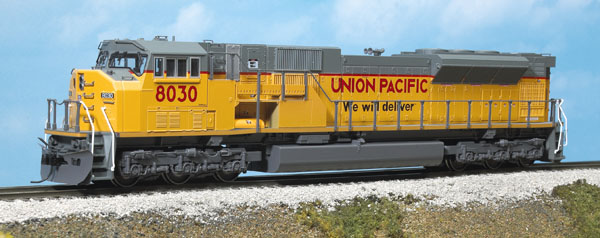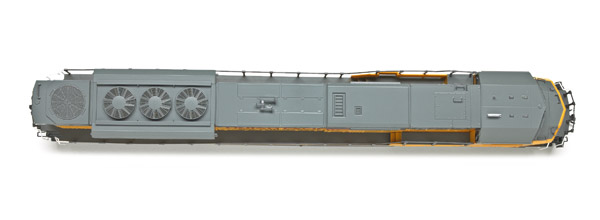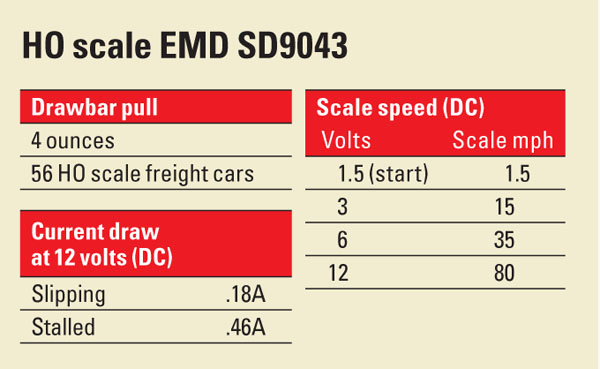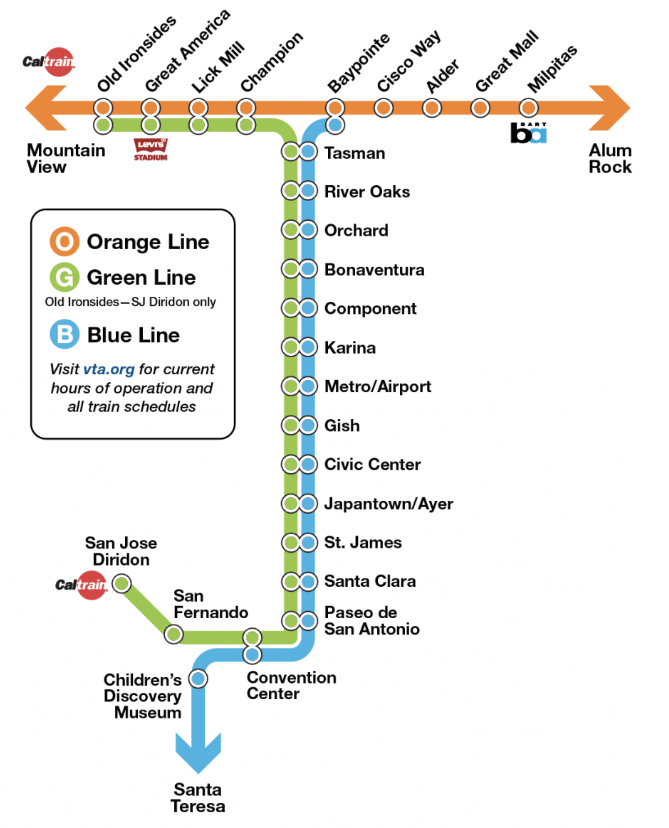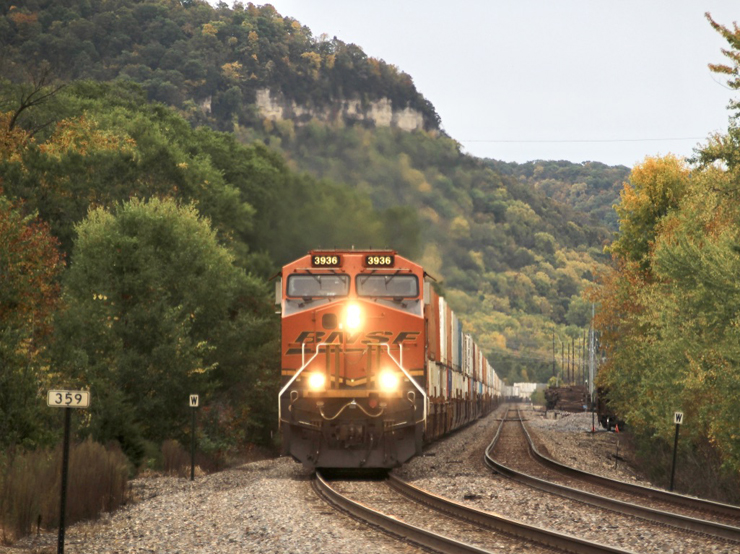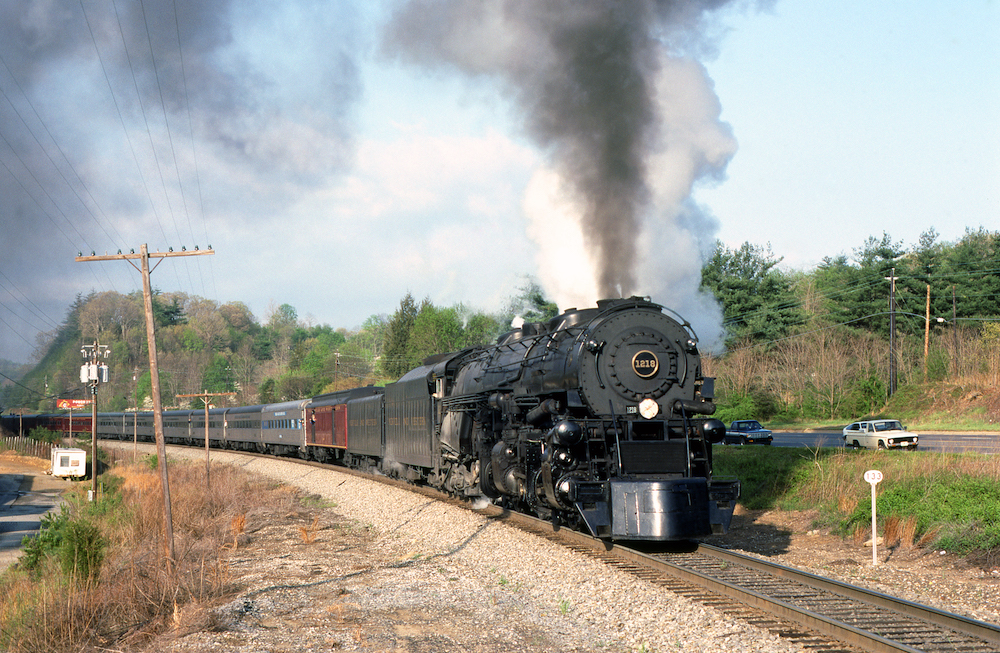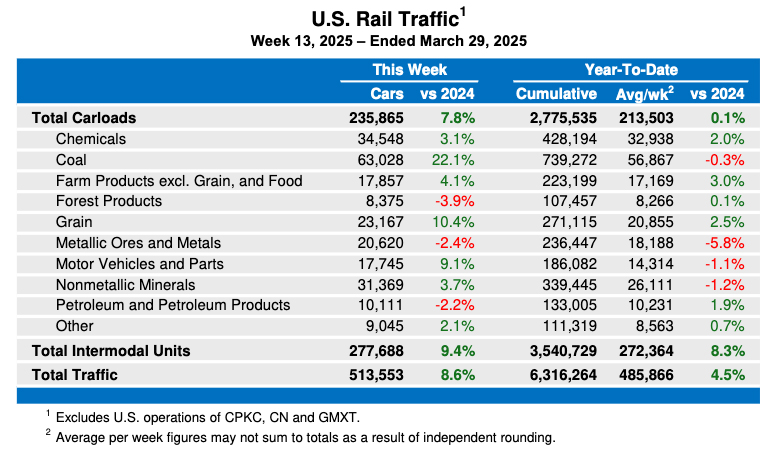The prototype. During the 1990s both EMD and General Electric competed to be first to release a 6,000 hp alternating current (AC) traction locomotive. In 1995 EMD introduced the SD80MAC and the SD90MAC. Using the basic platform as the 5,000 hp SD80MAC, the SD90MAC was designed for a 6,000 hp diesel engine. Unfortunately, the engine wasn’t ready and the SD90s received 4,300 hp 16-170G3 engines. These locomotives were given the unofficial designation of SD9043MAC.
With 309 SD90MACs on its roster, the Union Pacific RR has the largest fleet of these locomotives. A 6,000 hp replacement engine became available in the late 1990s, but most of the UP SD90s continue to use the more reliable 4,300 hp engine. The locomotives still serve today throughout the UP system.
Molded details on the model, such as the engine-access doors, are correctly placed. The air-intake and radiator grilles are well defined.
There are several sprues of detail parts that need to be installed, including the handrails, m.u. hoses, and snowplows. The handrails are scale profile and made of acetal plastic to resist breaking. An instruction sheet shows the placement of the parts.
The model’s lettering placement matches prototype photos. The small Union Pacific shield is also correctly placed under the dual front headlights. There’s clear color separation between the red, yellow, and gray paint. I appreciated that the user-installed pilot handrails were molded in white, which is correct for the prototype. However, the edges of the pilot steps should also be white, but they’re gray on the model.
The can motor and two brass flywheels sit in the center of a die-cast metal frame. Drive shafts connect the motor to the truck-mounted gearboxes.
The printed-circuit (PC) board is mounted on top of the motor. There’s a light-emitting diode (LED) for the headlights on each end. Clear plastic light pipes direct light to the ditch lights on the front pilot.
The eight-pin DCC socket is located on top of the PC board. Three jumper plugs must be removed before installation of a decoder. As of this writing a plug-and-play sound decoder isn’t available for this specific locomotive.
I ran the SD90 by itself through an 18″ radius curve without any problems. However, the model looks and operates better on larger radius curves, especially when hauling a train. On an 18″ radius curve the SD90 tended to uncouple from its train.
The locomotive has a lot of pulling power as you can see in the performance chart above. The SD90 also did a good job climbing hills. The Kato engine hauled a 12-car train up a 3 percent grade without stalling.
For modern-era diesel fans, the reissue of the Kato SD9043MAC is welcome news. The only thing that would make it better would be a plug-and-play DCC sound decoder. Hopefully that’s not too far away on the horizon.
Manufacturer
Kato U.S.A. Inc.
100 Remington Rd.
Schaumburg, IL 60173
katousa.com
Road names (two road numbers each): Union Pacific, Canadian Pacific, Indiana Rail Road
Era: 1995 to present
Features
- All-wheel drive and electrical pickup
- Blackened metal wheels in gauge
- Five-pole skew-wound motor with dual brass flywheel
- Eight-pin DCC decoder socket
- Kato knuckle couplers at correct height
- Minimum radius: 18″
- Weight: 1 pound 5 ounces





